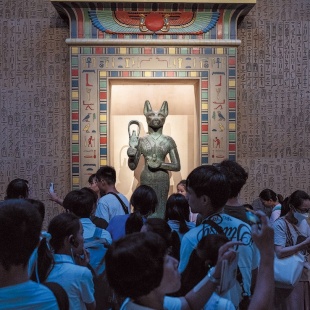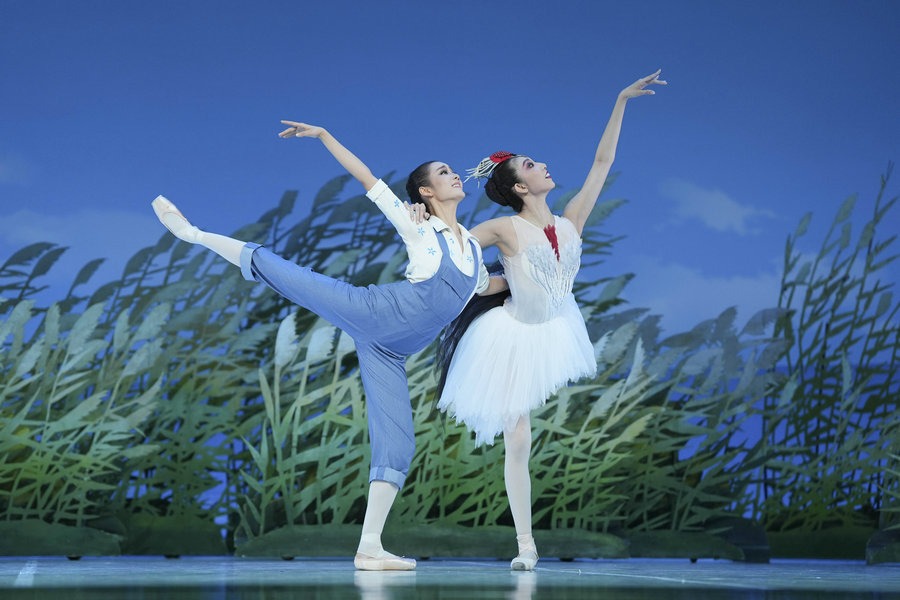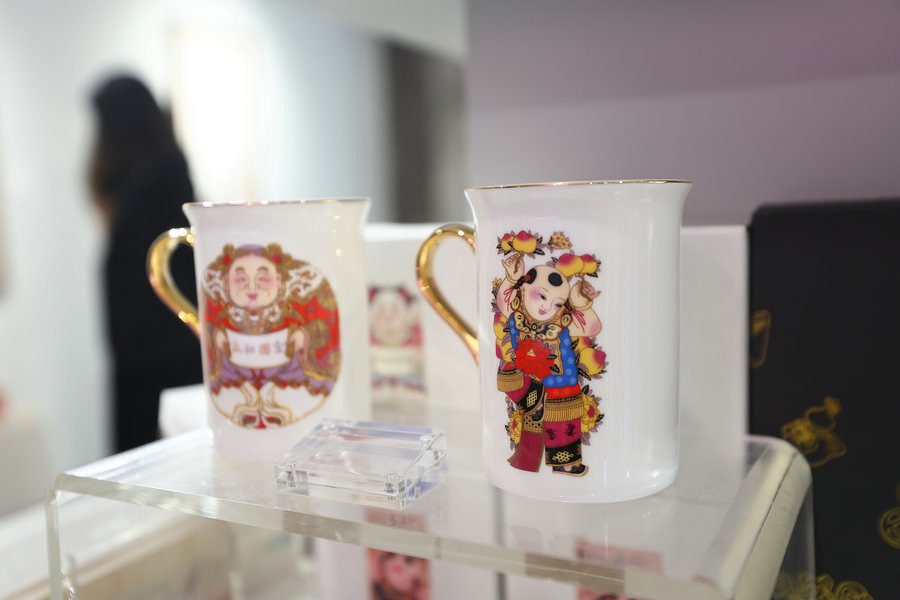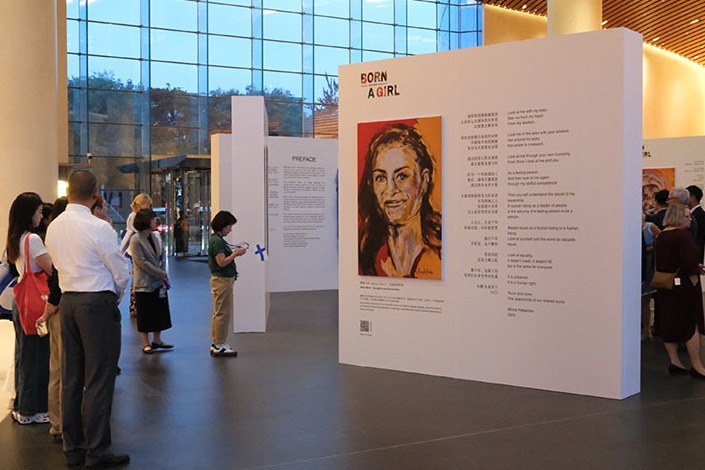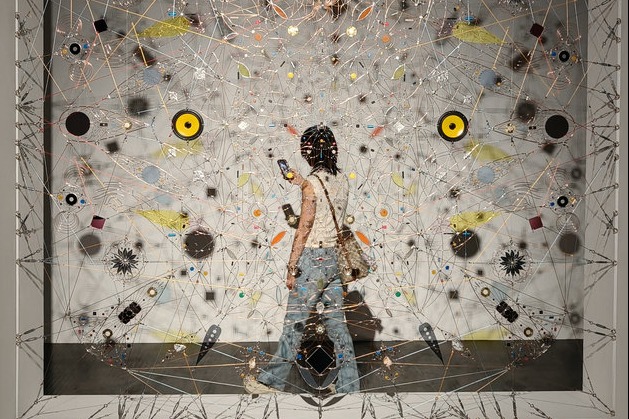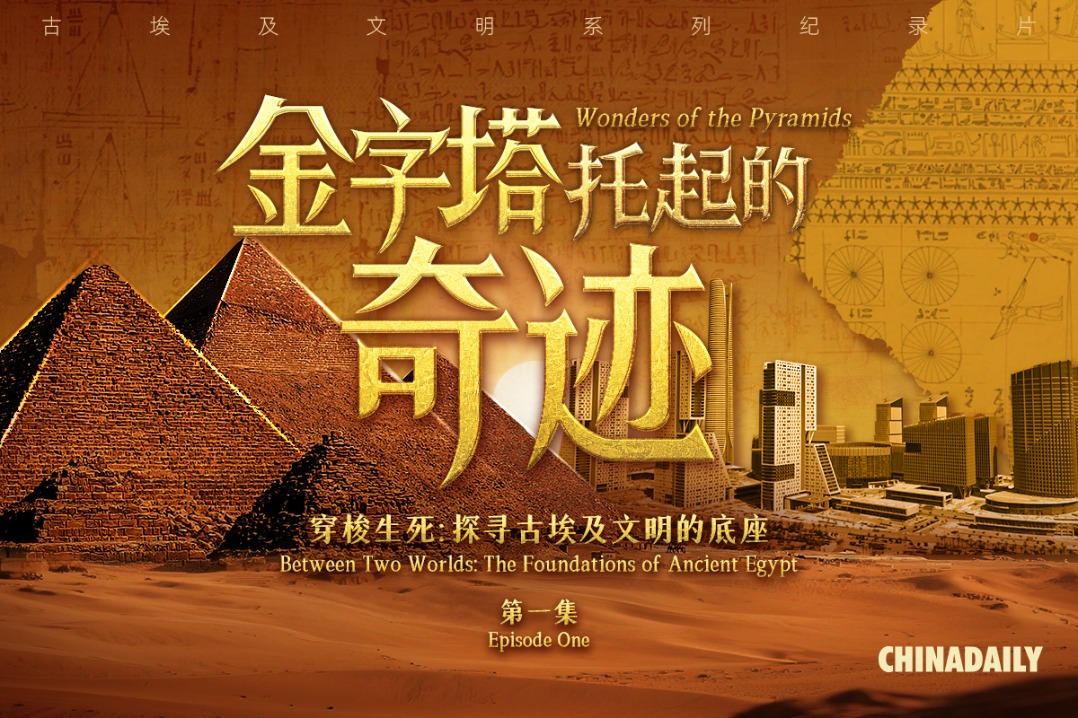Handshake across desert and sea

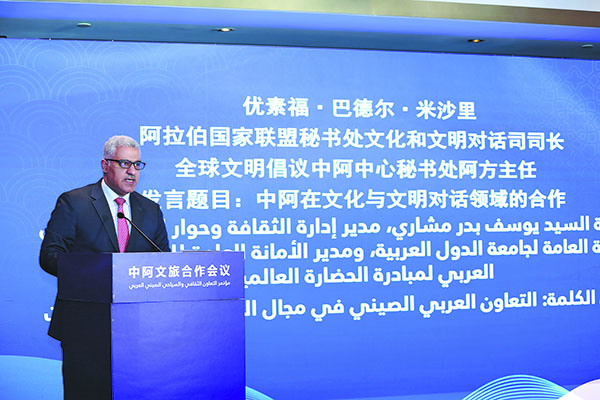
Yousef Bader Meshari, director of the culture and dialogue of civilizations department at the Secretariat of the League of Arab States and Arab Secretariat of the China-Arab Center for the Global Civilization Initiative, describes the program as a significant step in implementing the outcomes of both the inaugural China-Arab States Summit held in 2022 and the 10th ministerial conference of the China-Arab States Cooperation Forum in 2024.
"The Arab region is home to profound historical heritage, rich religious traditions, and a time-honored cultural landscape, while China is celebrated for its profound civilization and globally renowned cultural and tourism resources," Meshari says.
"Collaboration in culture and tourism between China and Arab countries offers a strategic opportunity to deepen civilizational dialogue, expand economic and cultural partnerships, and foster exchanges — particularly in the domain of human resources," he adds.

In recent years, the two sides have launched numerous joint initiatives that strengthened mutual understanding, boosted tourism flows and encouraged investment, he notes.
Huang He, deputy director of the Shanghai Museum, shares that the recently concluded On Top of the Pyramid: The Civilization of Ancient Egypt exhibition attracted over 2.77 million visitors for a period of 13 months, setting a new world record for attendance at a paid special exhibition in a museum.
Organized in collaboration with the Supreme Council of Antiquities of the Arab Republic of Egypt, this exhibition featured 788 ancient Egyptian artifacts on loan from seven major Egyptian institutions. More than 95 percent of the artifacts were exhibited in Asia for the very first time, Huang says. "Not only was this exhibition the largest and highest-caliber showcase of ancient Egyptian civilization ever held in Asia, but it also marked the first time a Chinese national museum partnered directly with the Egyptian government to present a world-class archaeological exhibition unveiling the latest discoveries from ancient Egypt," Huang says.
The event also generated a noticeable tourism boost. During the exhibition period, Egypt's Ministry of Tourism and Antiquities reported a 65 percent increase in Chinese tourists visiting the country.
In terms of revenue, the exhibition generated over 760 million yuan ($106.5 million), including more than 320 million yuan from ticket sales and over 440 million yuan from cultural creative products and derivative activities, according to museum figures.
"It has set a new benchmark for the integrated development of culture, tourism, commerce, sports and exhibitions," Huang adds.
He believes the success of the exhibition provided a replicable model for global cultural exchange and mutual learning.
"The Shanghai Museum will continue to deepen communication and exchanges with museums around the world, particularly by strengthening practical cooperation with Arab countries in the field of cultural heritage," Huang says.
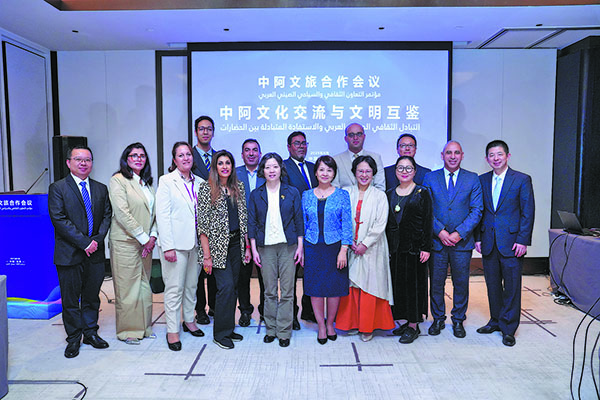
As 2025 marks the China-Saudi Arabia Year of Culture, the museum is already deeply involved in curatorial discussions with the Saudi side, contributing expertise in areas such as ancient Chinese calligraphy, painting, ceramics and seal impressions, he says.
Ji Jinbiao, president of Beijing International Studies University, points out that the exchange and cooperation between China and Arab nations are deeply rooted in history, dating back more than 2,000 years to the Han Dynasty (206 BC-AD 220) when royal emissary Zhang Qian's missions to the West opened the ancient Silk Road.
"In the 14th century, the Moroccan traveler Ibn Battuta visited China, and his writings in The Rihla have been widely celebrated for centuries. Entering the 21st century, cultural and tourism cooperation between China and Arab countries has continued to deepen and has now reached an unprecedented level," Ji says.
He emphasizes that today's cooperation has evolved into a systematic endeavor that promotes civilizational dialogue, supports national strategies, drives economic development and strengthens grassroots friendship.
"At the same time, China-Arab cultural and tourism cooperation has transcended bilateral dimensions, becoming an important pathway for implementing the Global Civilization Initiative (proposed by China in 2023) and advancing the building of a China-Arab community with a shared future," Ji says.
Yang Xiaoyu contributed to this story.


